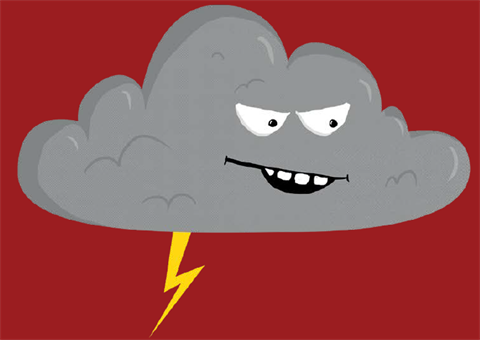Epidemic Thunderstorm Asthma

What is thunderstorm asthma?
During grass pollen season people may notice an increase in asthma and hay fever. Grass pollen season (October through to December) also brings the chance of thunderstorm asthma.
Thunderstorm asthma is thought to be triggered by a unique combination of high amounts of grass pollen in the air and a certain type of thunderstorm. For people who have asthma or hay fever this can trigger severe asthma symptoms.
When a large number of people develop asthma symptoms over a short period of time, related to high grass pollen and a certain type of thunderstorm, it is known as epidemic thunderstorm asthma. To learn more, visit the Epidemic thunderstorm asthma fact sheet.
If you have current, past or undiagnosed asthma or seasonal hay fever you are at increased risk of thunderstorm asthma. So be prepared to manage any symptoms and stay out of hospital.
You can protect yourself and those in your care by following these simple steps:
- Monitor the epidemic thunderstorm asthma risk forecast on the VicEmergency app.
- Don’t be outdoors in a storm, especially during the winds that precede them.
- Take your preventative medication as directed, even when you are symptom free.
- Carry your reliever and know how to manage an asthma attack.
- Follow your asthma action plan or use the 4 steps of asthma first aid
The symptoms of asthma, hay fever and COVID-19 can be similar, and it can be difficult to tell the difference between them. If you are experiencing symptoms different to your usual asthma and hay fever symptoms, they have restarted after a period of absence or if you are unsure – get tested for COVID-19 and stay home until you get your results.
For up-to-date information on epidemic thunderstorm asthma risk, including the risk forecast, advice and warnings, visit the Vic Emergency thunderstorm asthma page or download the VicEmergency app from Google Play or the App Store and set up a 'watch zone'. The epidemic thunderstorm asthma risk forecast, as well as up to date grass pollen count and grass pollen forecast information is available on the Melbourne Pollen Count and Forecast website or app (App Store or Google Play).
To view thunderstorm asthma resources, including posters, brochures and fact sheets in other languages, visit the Thunderstorm asthma – multicultural resources page.
Where to get help
Medical assistance
- ASCIA (Australasian Society of Clinical Immunology and Allergy)